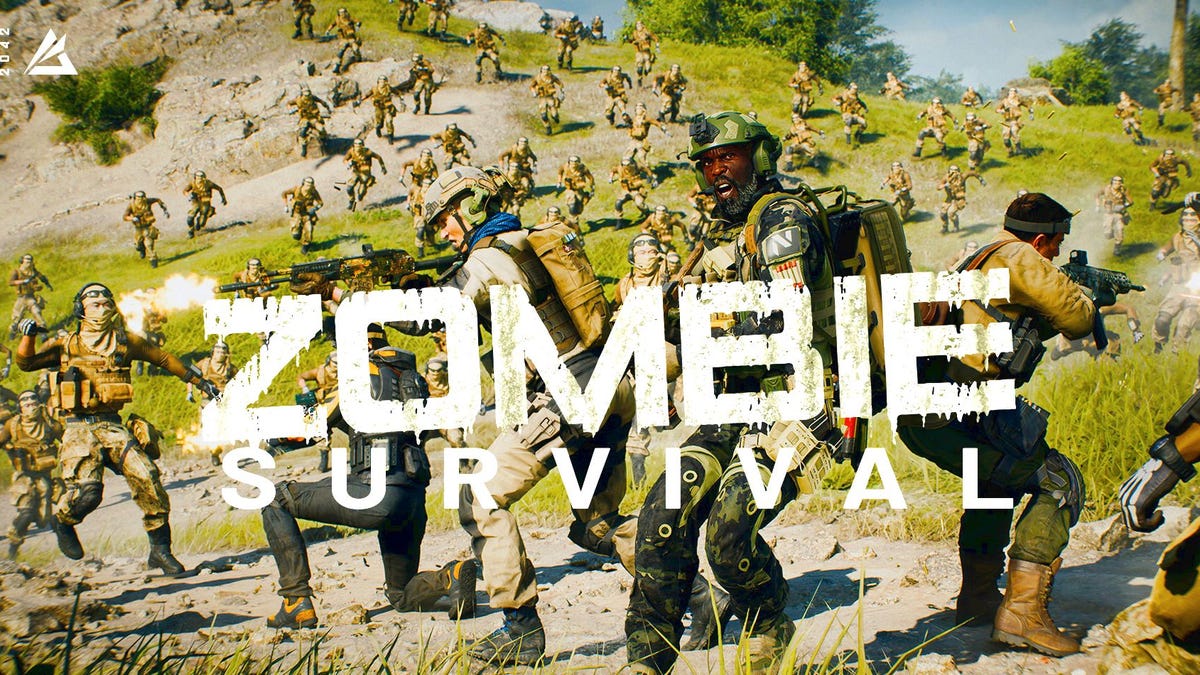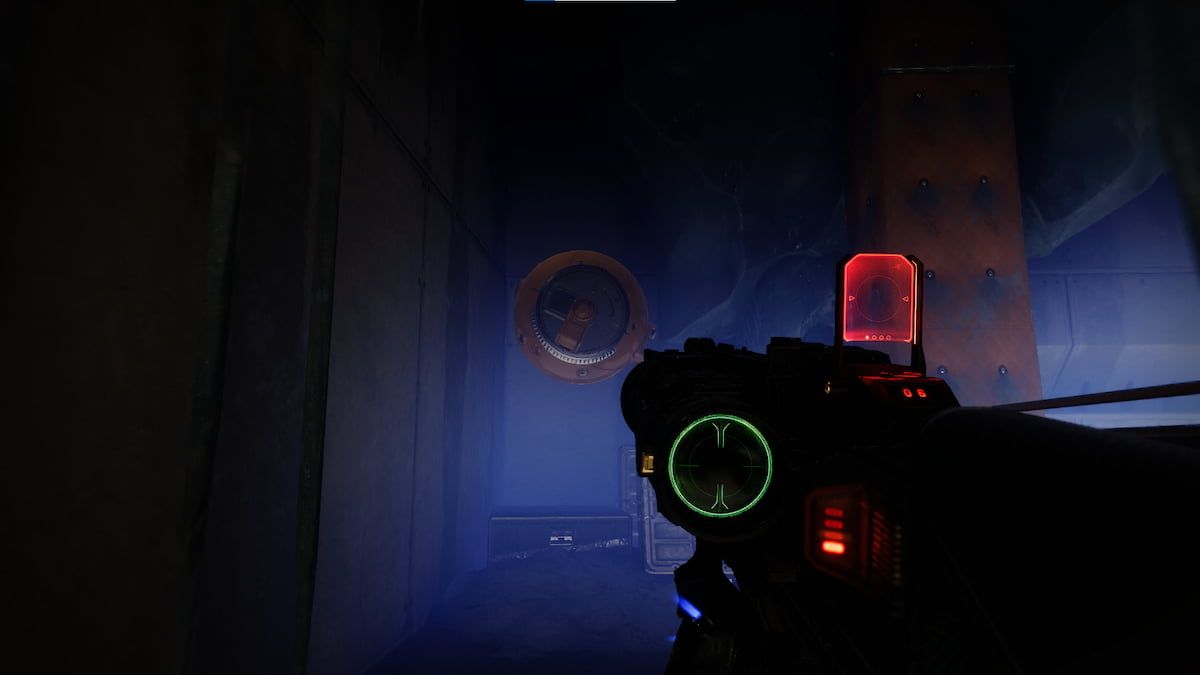Though we’re drowning in a sea of metroidvanias today, a 20-year-old Castlevania still stands out, thanks to one key mechanic.
By Steven T. Wright on
Castlevania: Aria of Sorrow is celebrating its 20-year anniversary today, May 6, 2023. Below, we look back at how the successor to Symphony of the Night is still influencing the genre.
From the Souls-ian hack-and-slash of Blasphemous to the pastel beauty of the Ori series, the sheer volume of metroidvanias in today’s gaming market can overwhelm even the most die-hard enthusiast. But while most fans will always correctly consider Castlevania: Symphony of the Night as the most influential entry in Konami’s lauded series, there were other games that had a big effect on today’s metroidvanias–and I would argue 2003’s Aria of Sorrow is the best of them.
Now Playing: Castlevania: Aria of Sorrow Video Review
Aria of Sorrow is the third Castlevania game for Game Boy Advance, though it’s much more memorable than its two predecessors. It’s the fourth “Igavania”-style entry in the series, meaning that it has the same exploration and RPG mechanics first inaugurated by Symphony of the Night and designer Koji Igarashi. Its grand new innovation, the Tactical Soul system, would be the next step forward for the franchise, and it’s a mechanic that’s inspired many of the metroidvanias that have emerged ove r the years.
The Tactical Soul system is essentially the basic logic of Mega Man bosses applied to every enemy in the game. Each time protagonist Soma Cruz slays an enemy, there’s a chance that he will absorb the enemy’s “soul,” which gives him an ability themed around the enemy’s powers. A skeleton gives you the power to throw a bone, an axe-throwing armor set lets you throw axes, and so on. These souls are further grouped into different categories: Bullet Souls are single-use spells, Guardian Souls let you drain magic for a certain ability, and Enchanted Souls give you passive buffs or other abilities similar to equipment.
The nature of the Tactical Soul system is random, meaning that some players will luck into a great roster of souls without much effort, while others may struggle to obtain useful abilities. Some people use online guides to determine which enemies are worth grinding for the ideal soul set early in the game, but I personally think it’s more fun to see what you get from natural play and try to make it work. The real advantage of the mechanic is that it gives you an intermittent reward besides experience points for killing the same enemies over and over as you backtrack and explore to find the way forward.
There aren’t that many souls in Aria of Sorrow that are outright useless, and I often found new ways to use the abilities that I dismissed early on. For example, early on, I obtained one called Stinger that allows Soma to grow a tail in exchange for MP, which didn’t seem great at first. By the end of the game, however, I had so much MP that the tail’s extra attack was essentially just bonus damage with the correct sort of weapon, making it useful for a number of endgame bosses.
The Tactical Soul system and its variants became a signature aspect of 2D Castlevania games following in the wake of Aria of Sorrow, especially its sequel, Dawn of Sorrow. It should also be no surprise that the system returned for producer Koji Igarashi’s Bloodstained: Ritual of the Night, a spiritual successor that managed to add a few more wrinkles to the formula. You can also see echoes of the mechanic in Castlevania-inspired games like Ender Lilies: Quietus of the Knights and Record of Lodoss War: Deedlit in Wonder Labyrinth. Both of those games allow you to collect new abilities from defeated enemies in a similar manner, but they each have their own take on that concept.
As a whole, I think Aria of Sorrow’s positive qualities extend far beyond this one mechanic–it’s my favorite metroidvania, and I’ve played a lot of them. Unlike many games in the genre, it’s a very well-paced game, with few boring patches or downturns throughout. Its map is small but well-designed, and it’s one of the few games in the genre where I actually wanted to find and explore every room. Don’t go in expecting the 30 to 40-hour sprawl of a modern metroidvania epic–you can easily do everything there is to do in Aria of Sorrow in 7-10 hours. I prefer the handful of hours of pure, concentrated brilliance in Aria of Sorrow to the hours of filler that can make up even great games in the genre, but that’s a matter of personal taste.
A big part of what makes Aria stand out is how it turns the usual Castlevania formula on its head. Series stars like the Belmonts and Dracula are nowhere to be found in the opening hours, and they take a long time to emerge from their slumber. Instead of playing as a seasoned vampire-hunter trying to tackle the ultimate prize, you’re a scared kid who gets sucked into an evil castle for unclear reasons. The narrative is simple, but it’s effective in an action game like this, and it elevates it above other games in the series. It also has a lot of amazing boss fights, including some of the best in the Castlevania series as a whole.
Though Symphony of the Night is ultimately the more famous name, I think Castlevania: Aria of Sorrow is considered almost as notable these days. If you’re a person who came to the genre from the likes of Hollow Knight or Blasphemous and you haven’t given the classics of the form a real chance, this GBA titan is just as worthy of a playthrough as Super Metroid. The good news is that the Castlevania Advance Collection includes Aria of Sorrow, so it’s just a matter of picking it up when you’re ready.
The products discussed here were independently chosen by our editors. GameSpot may get a share of the revenue if you buy anything featured on our site.
Got a news tip or want to contact us directly? Email news@gamespot.com
Note: This article have been indexed to our site. We do not claim legitimacy, ownership or copyright of any of the content above. To see the article at original source Click Here













